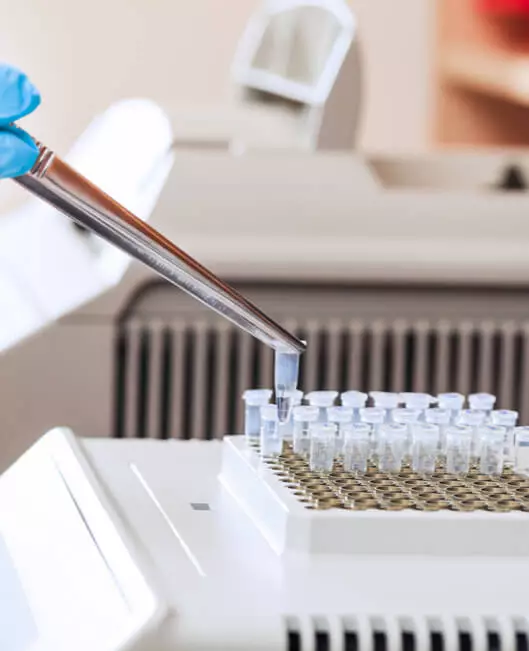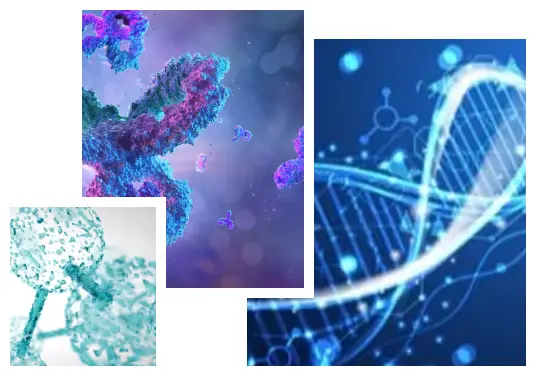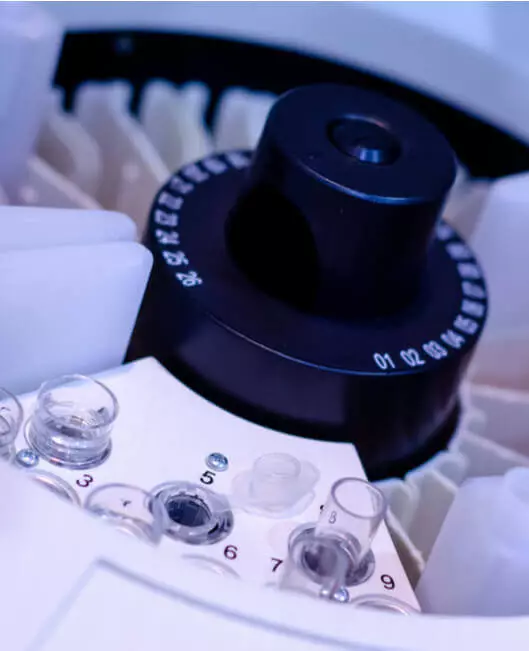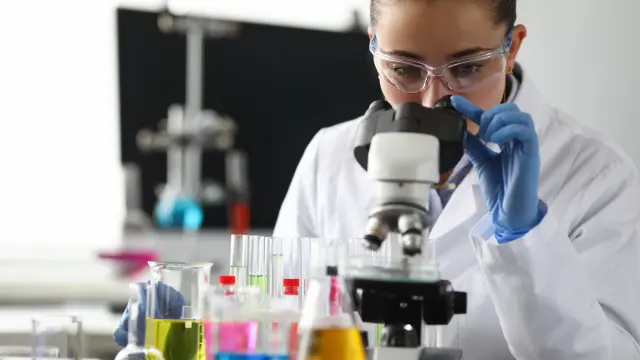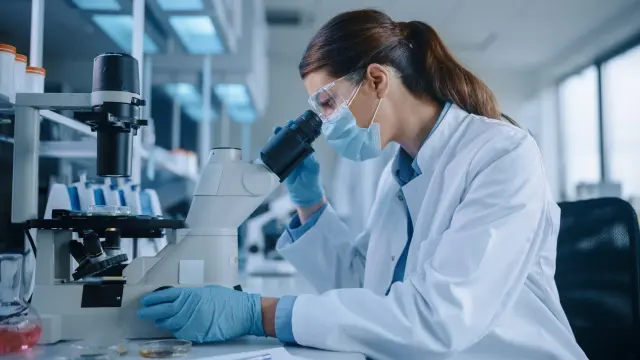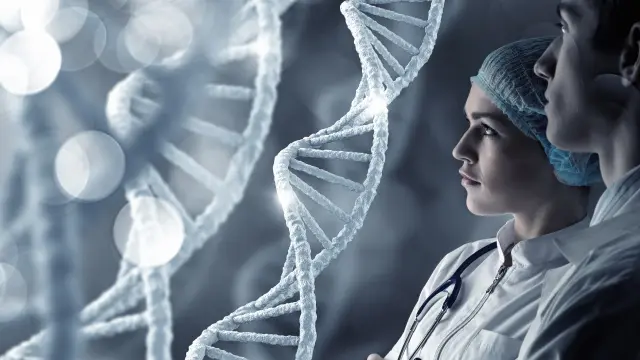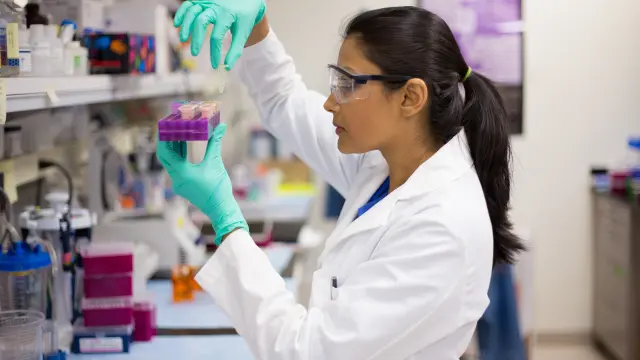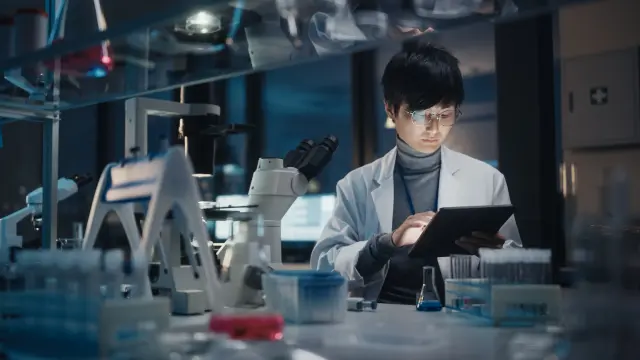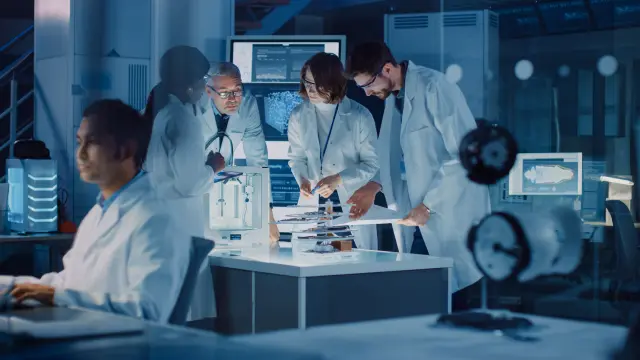Ask Us About Your Study
Bioanalytical Method Development includes setup, optimization, and pre-validation of chromatographic assays (CCs) or ligand binding assays (LBAs) in chosen biological matrices. As part of Method Development, we request your desired calibration range as well as prepare standards and quality control samples using your proprietary or commercially available reference materials. Furthermore, our experienced team promptly optimizes your assay method for any PK/PD analysis testing and bioanalytical parameters. Northeast BioLab scientists diligently prepare a method validation protocol and perform a pre-study test run to ensure suitability for Method Development and Validation, as needed.
What Is Bioanalytical Method Development?
Bioanalytical Method Development: High-Quality Data for your IND or NDA Filing to US FDA
Analytical method development is a procedure for reliable detection of analytes of interest. High-grade method development ensures that the method is suitable for full validation and high-quality analysis of drugs, metabolites, and biomarkers in biological matrices.As the number of drugs released in the market is increasing by the day, so is the need for method development and validation. These new drugs may be compounds never used before or modification of existing drugs. Inability to relate analytical procedures, as well as reference and internal standards for new drugs, hinders their thorough R&D. Hence, it becomes necessary to develop new analytical methods for studying the effect of drug compounds. These methods are designed to understand the identity, characteristics, purity, and potency of drug compounds.
During drug research, the developed analytical methods are utilized to measure and define the required dosage, acceptable impurity, observed stability, and bioavailability of the drug. Overall, analytical method development ensures product consistency, allowing the release of reliable drug products in the market.



